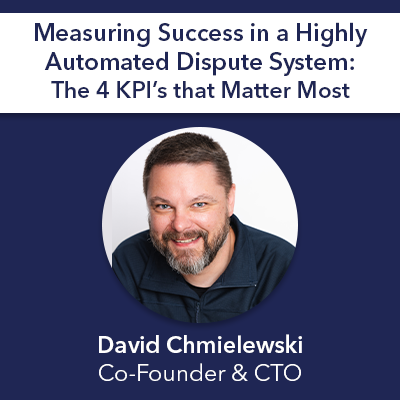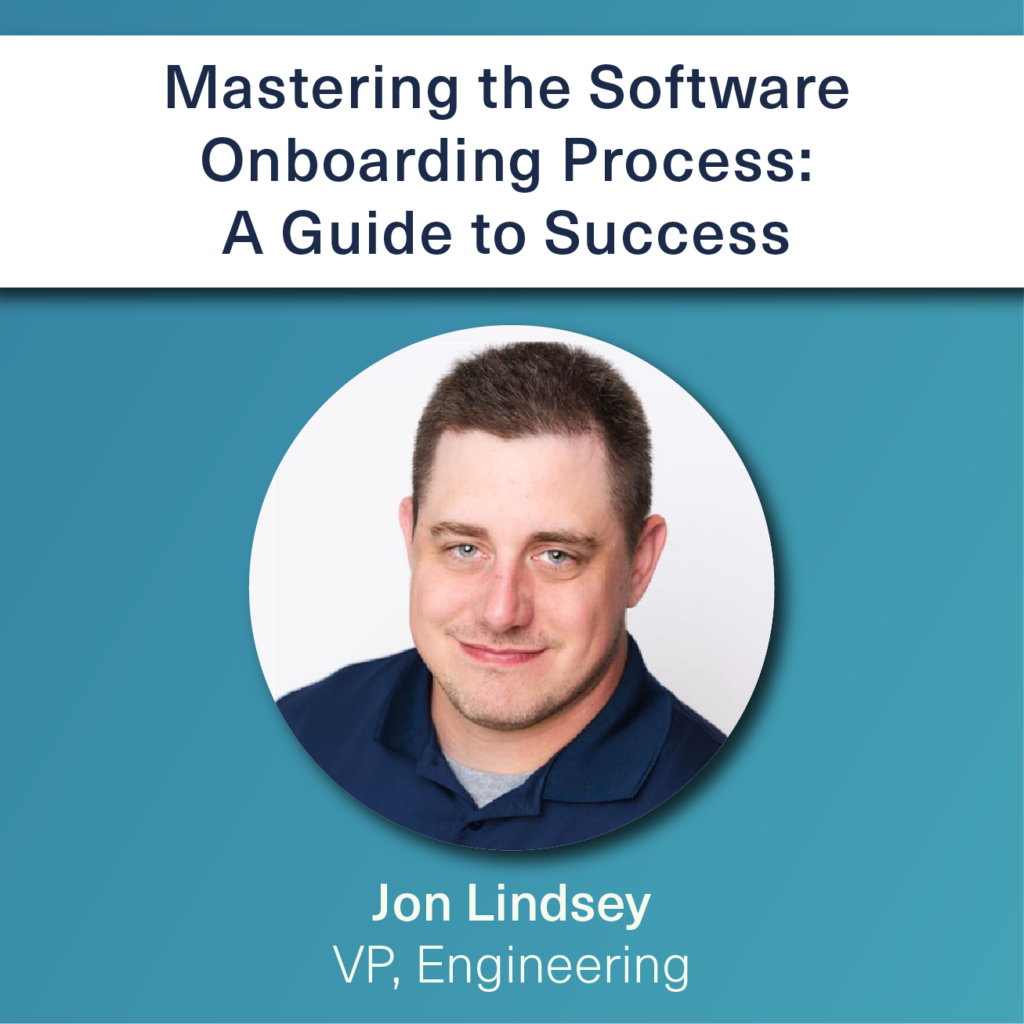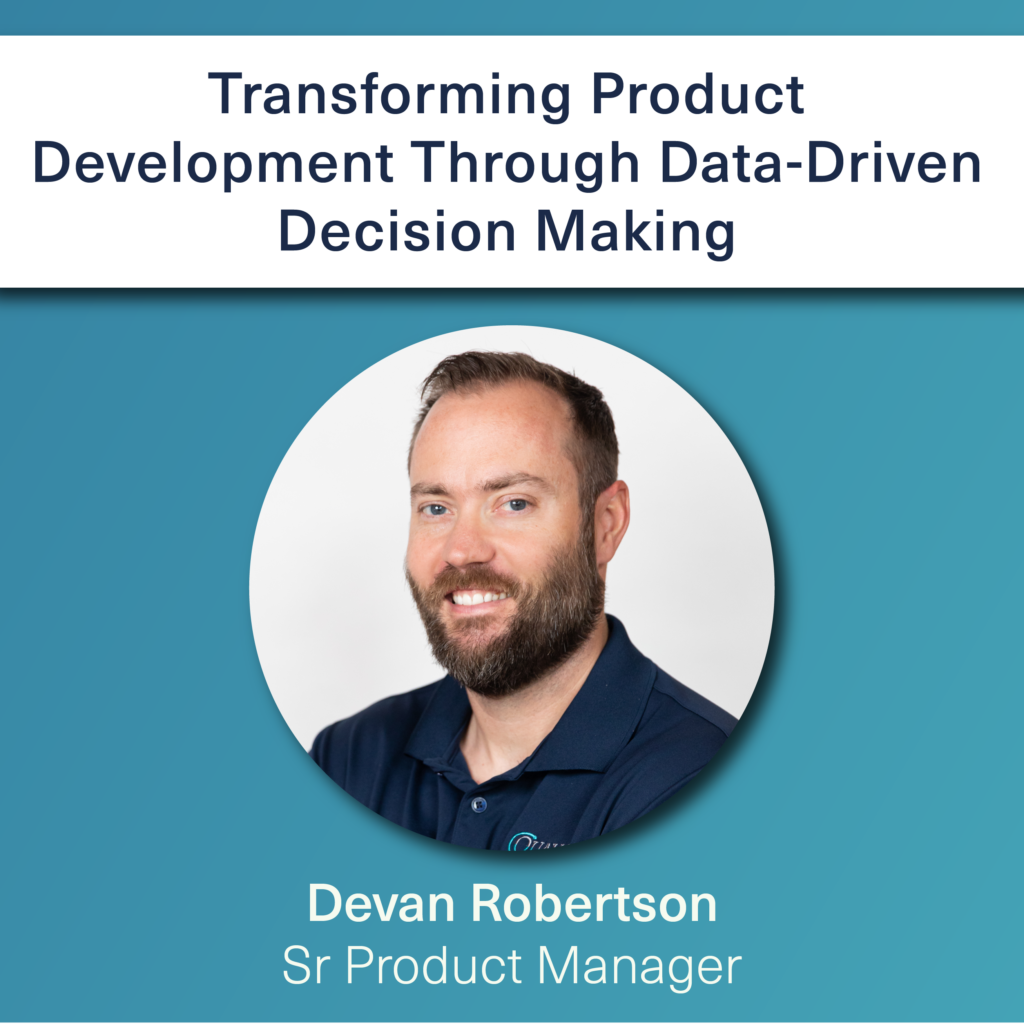Traditional dispute systems are centered around users and case ownership. Success is relatively easy to measure. Do users like the system? Do they have a good mix of challenging and easy work? Are they getting enough cases resolved? At first glance, this can seem like common sense for any back-office operation. The issue is that as dispute volume rises, so do people costs – in a linear fashion. The industry average is about ten people needed for every 100,000 disputes received annually. That’s over 800 cases worked per month per user.
QFD® fundamentally changes the traditional model. Everything is automated as much as possible, and the system owns the case. Users are brought in for individual tasks the system can’t do. In an exception-based business, they are working exceptions to automation. This is the hard stuff; it only gets more complex as we automate more! We see incredible results with this approach. Our most successful clients need about three people for every 100,000 annual disputes. This means your volume could increase by around 2,800 monthly disputes before requiring an additional person. That’s huge! But with such a fundamental change, shouldn’t we change how we measure success?
The reality is that with QFD®, people’s jobs are full of more rewarding and important (but challenging) work. It’s essential to ensure they know they are part of a larger picture, helping the organization achieve results. It may feel like the system is full of exceptions, but the reality is that tens of thousands of things are being done behind the scenes (for some clients reaching 97% of tasks). At Quavo, we think success comes in four major categories:
1. Ensure Regulatory and Network Compliance
We provide data, controls, and many processes designed to keep the program compliant. Users are no longer responsible for memorizing timeframes. We measure this in many ways, but as a baseline, we look at seamless accounting and communication processes. Our best clients have over 99.9% accuracy, and it’s easy to prove compliance or dig into issues.
2. Create Operational Efficiency
I shared some metrics above, but the reality is that we are constantly working with our clients to make sure they feel comfortable with the number of people they have and the manual work that is being performed. Our primary measurement is to measure manual tasks and ensure every piece of work is necessary. Our best clients get this number down to around one task per disputed transaction average.
3. Enhance the Cardholder Experience
Let’s face it – nobody wants to have to dispute something. Here, we want to see the process wrap up as soon as possible and measure time to accountholder resolution. We are constantly working to drive this down, and our best clients are around 15 days, which still seems like a long time, but the industry average is around 45 days! More exciting things will come as we continue to see this number fall.
4. Reduce Dispute Losses
Disputes are a huge risk to a financial institution, and it’s very important to reduce losses. Our best clients recover 96% of their exposure when a dispute is reported. How? Because QFD® automates so many mundane tasks that have nothing to do with losses, investigators can spend far more of their day making good decisions for the organization and the accountholder, driving losses down to previously unseen numbers. We’re clearing away the tedious work so they can spend their time fighting true and first-party fraud!
How do you measure success? Do your users feel like they are part of a bigger picture? We’d love to talk to you about it!






